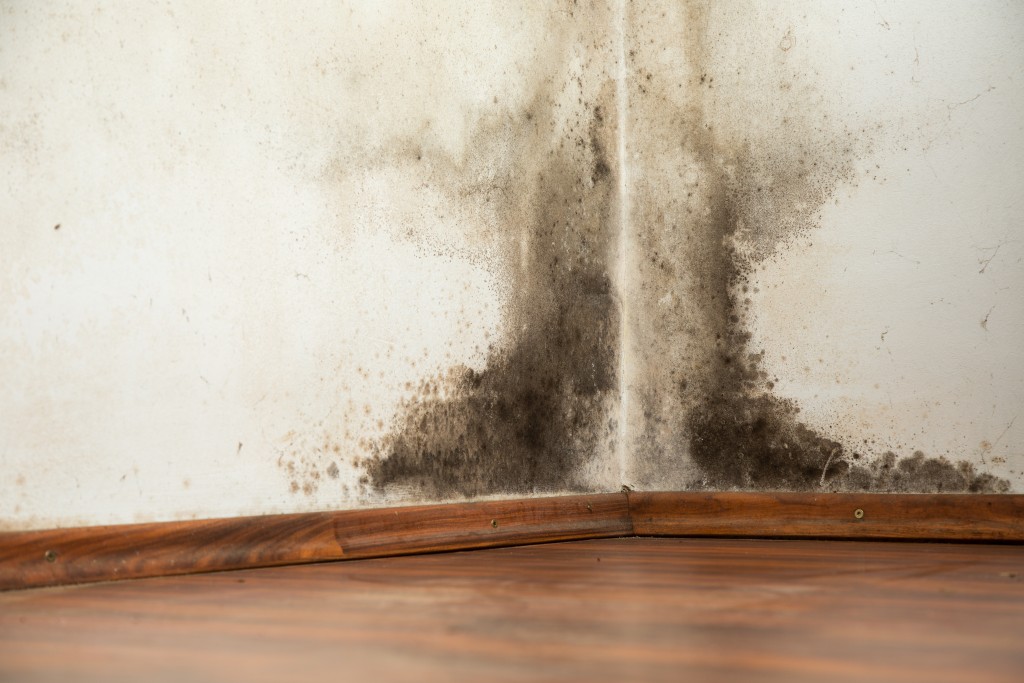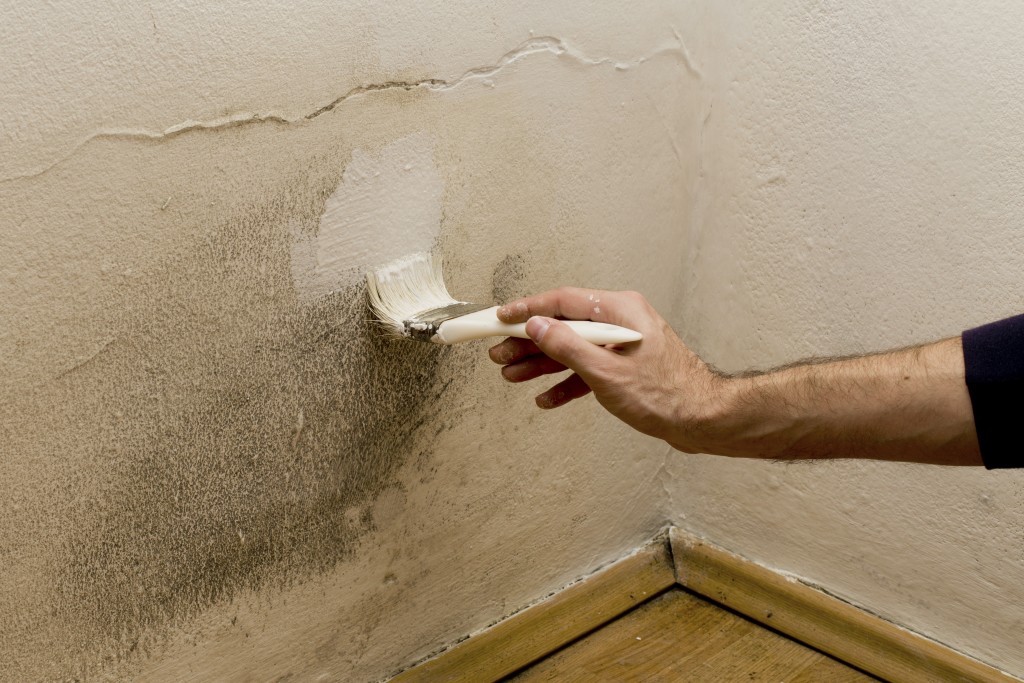Molds are one of those seemingly trivial nuisances that slowly take over a house. However, it’s important to note that these small issues can eventually turn into costlier and even more harmful problems that can affect the whole family. A deeper understanding of molds can help you keep your home mold-free and your family safe.
What are Molds?
Molds are fungi that can grow on clothes, books, walls, toys, and even CDs. They have the ability to slowly deteriorate the surfaces they grow on, to the point where they cannot be used anymore. They can also be harmful to the human body if left unchecked.
Molds produce spores that spread around through the air. These spores can even survive in environments that the molds can’t. When these spores land on moist and warm areas, they start to grow and thrive.
Experts believe that there are more than 300,000 mold species out there. Some are more prevalent in homes than others. Here are a few of the most common types that can be found in many homes.
- Aspergillus – This type of mold is often found indoors. They like living on powdery food items, building materials like drywall, and even dust.
- Penicillium – Materials that are damaged by water or consistent moisture are this type of mold’s favorite place. They usually appear green or blue.
- Alternaria – They thrive in indoor damp places like showers, faucets, and under leaky sinks and pipes.
These are only some of the types of molds. They can come in a variety of forms, colors, and textures. Some may appear white, yellow, or black. They can often have a velvety or fuzzy surface appearance.
Molds can enter your home by floating through the air. Open windows, doorways, and ventilation systems are usual entrances for their spores.
Spores can also attach themselves to objects, pets, and even people.
How can Molds Affect the Body?

When molds grow, they produce spores and other fragments that can enter the air. These can act as allergens, mycotoxins, and irritants to humans. People who have a particular sensitivity to these fragments may experience toxic reactions.
Molds also break down the materials and surfaces they live on, increasing the amount of dust in the air further. These conditions make it a problem, especially for people with breathing issues like asthma or chronic lung diseases. In some cases, the symptoms resemble that of hay fever or allergic rhinitis.
Aspergillus can cause Aspergillosis to people who have especially weak immune systems. These usually exhibit more severe respiratory symptoms.
How can you Avoid Molds in Your Home?
There are several ways to prevent molds from taking over your home. If your molds issue has become severe, this article by the Handyman details how you can remove them.
Identifying the problem areas is a key initial step in preventing molds. This means you’ll have to be on the lookout for damp and wet surfaces around your house.
Leaks are a number one priority. Remember, leaks can also happen in the ceiling and sidings of your home. Make sure you contact exterior experts or siding service providers when you encounter these issues.
Proper ventilation is also a great way to prevent the spread of spores in your home. You can invest in a dehumidifier to reduce the indoor humidity of your house. Know more about molds and prevent their spread to keep your family safe.


